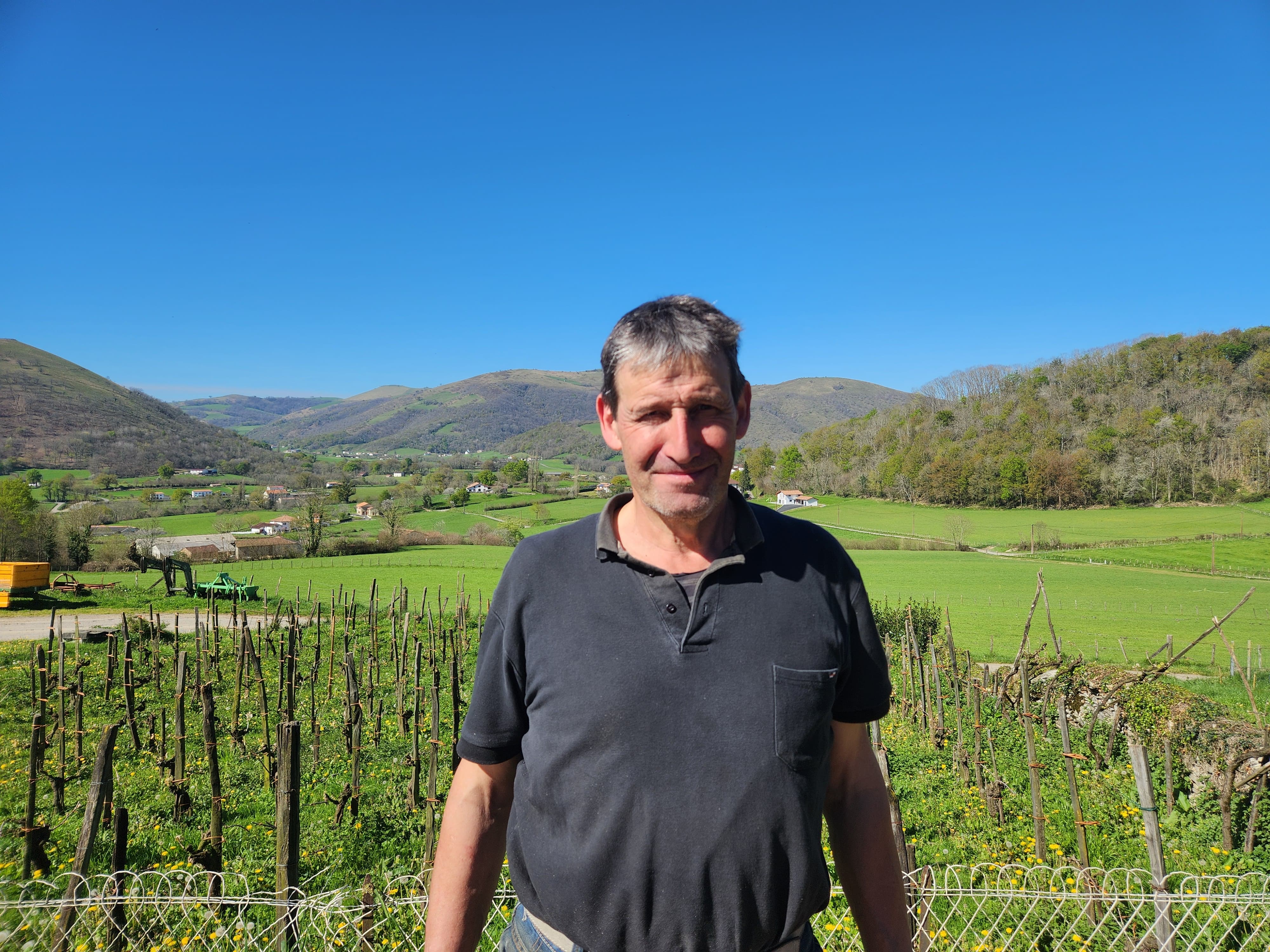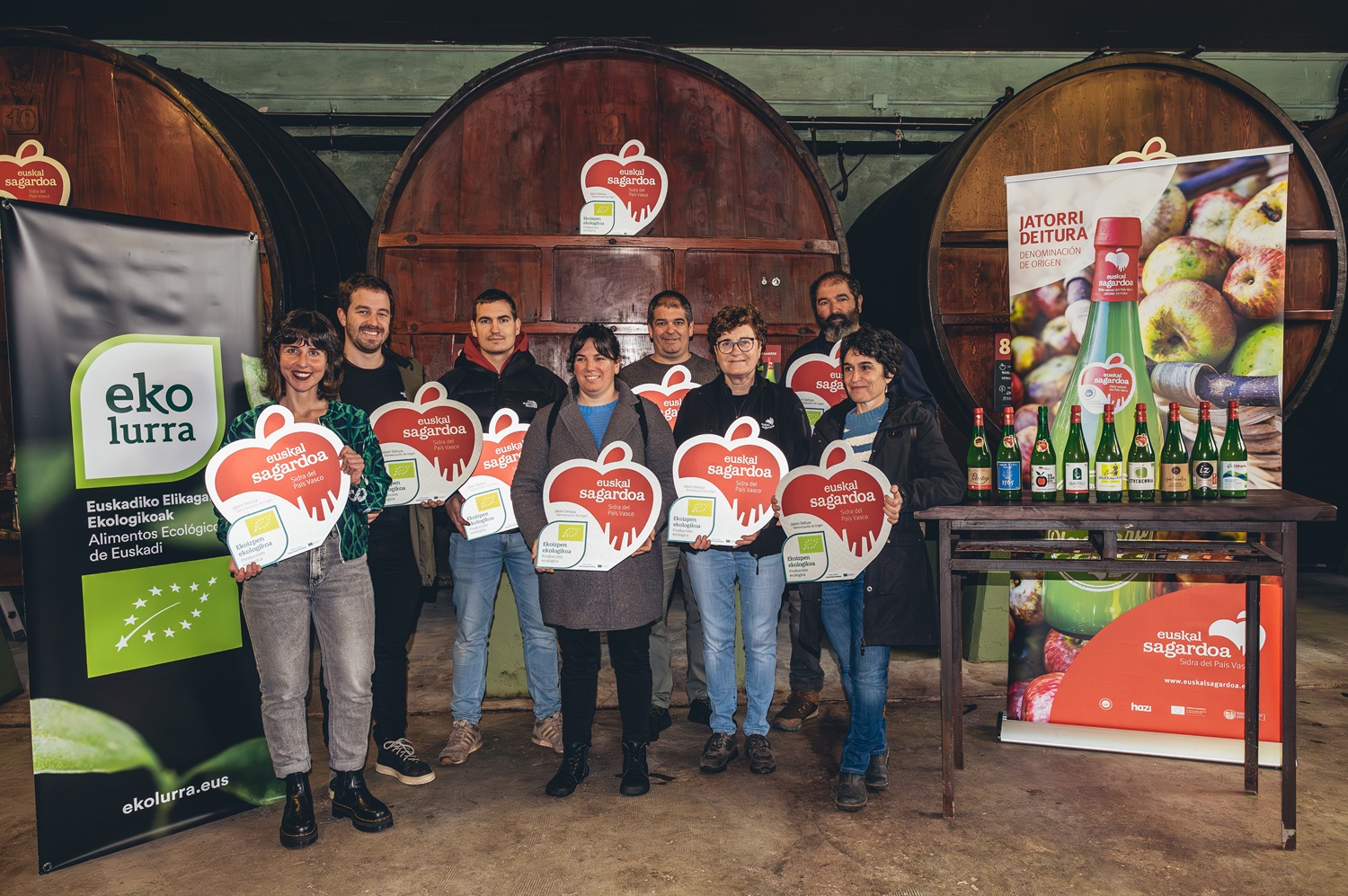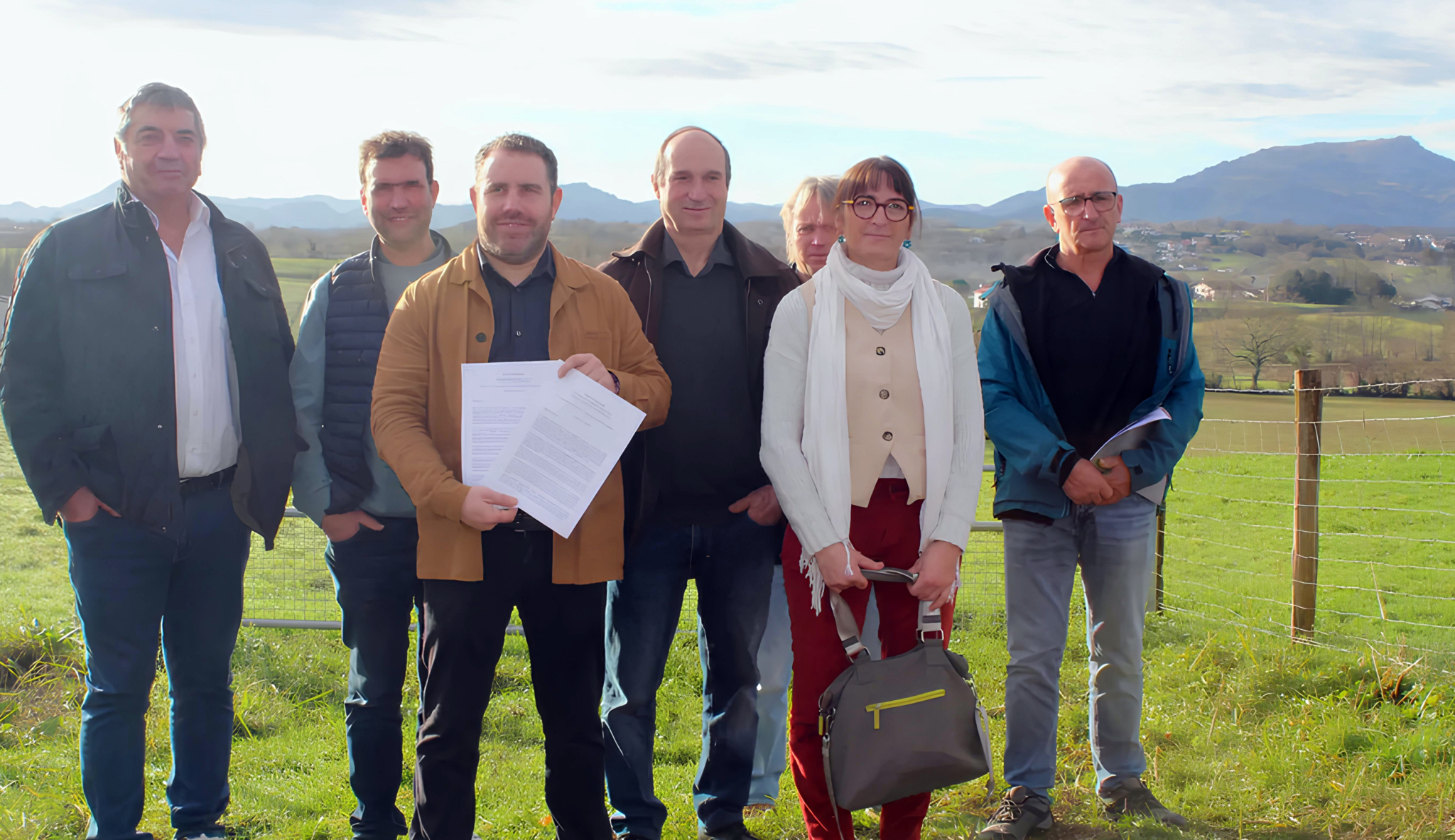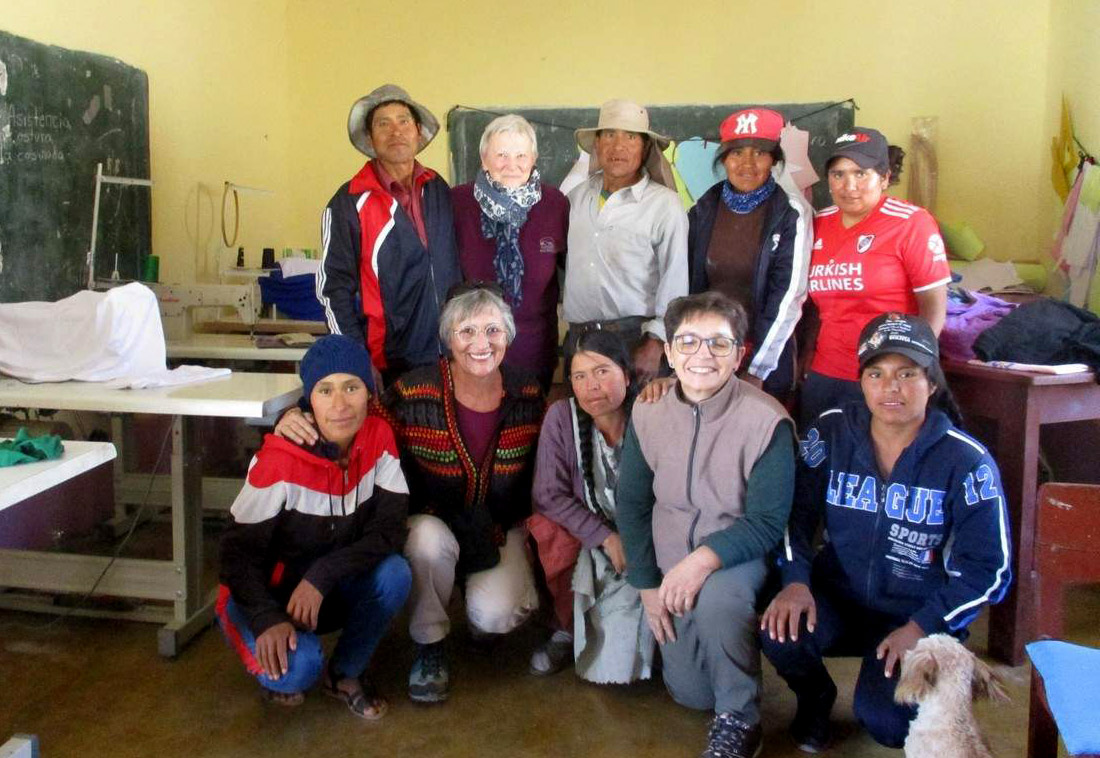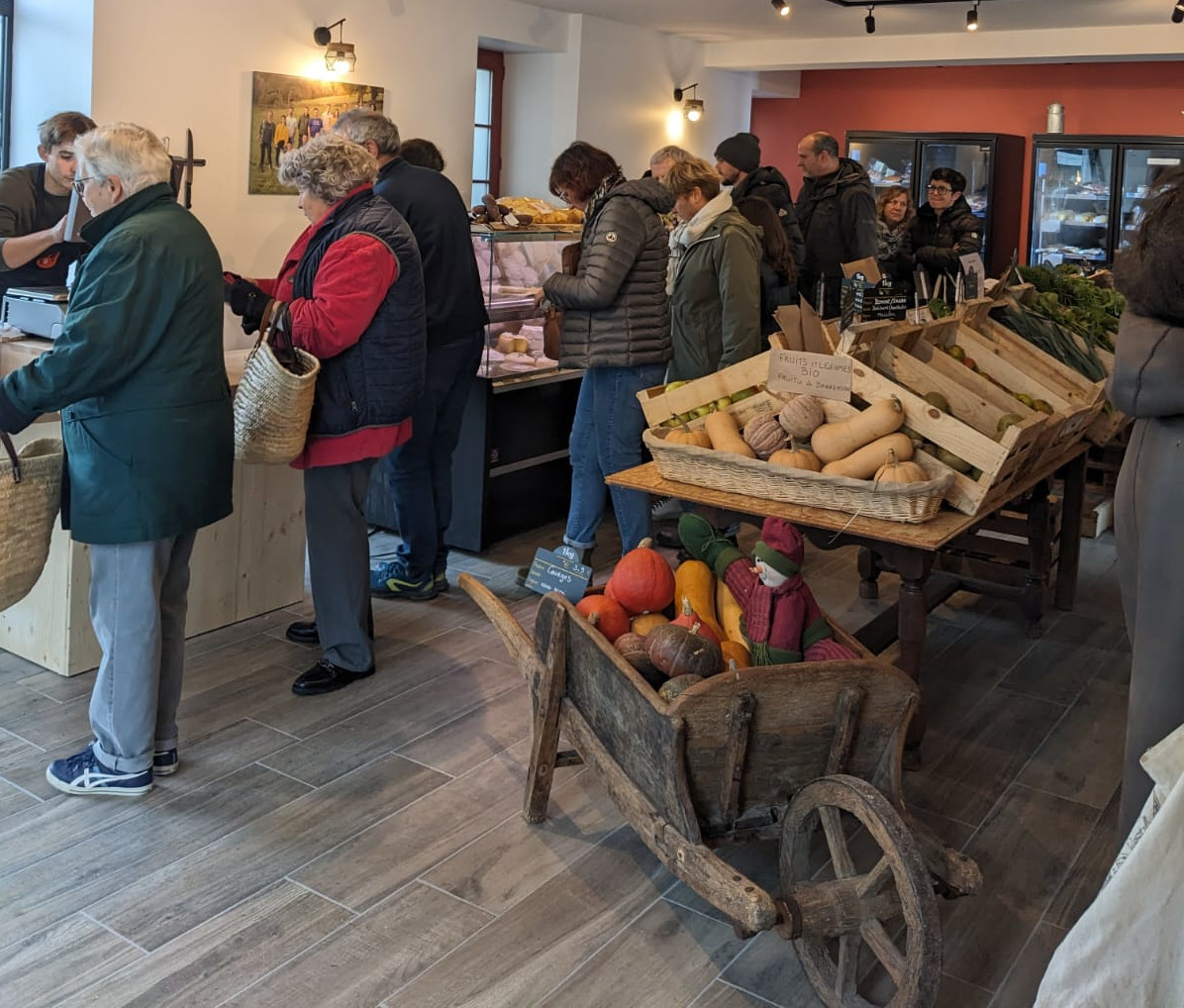Sega, that modern tool.
- The ambush becomes strong again. The old and rotting forever. Not just because it looks like a cool ecologist. Many have realized that to cut the grass, apart from the large bark that wins it in the large meadows, the old manual tool has no competition. It's simple, cheap, silent and effective.
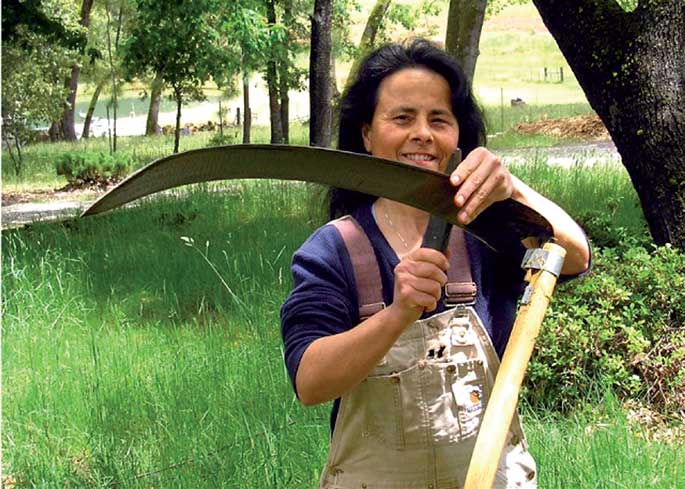
A street companion, who in times of leisure is the hortelan, in body and form is not Olasagasti, recited on a Saturday morning of 2013 that the old scylla that his father-in-law had given him was better than the brush maker just bought by his wife: he cut off without noise a lot of bigger herbs, without a smell of gasoline… and, amazingly, without much fatigue, without noise. Many people around the world have shown the same thing. That's why silk comes in fashion.
It is a simple old instrument, also called the scylla, the giver and the comedian. All names have been taken by the Basque Country to the neighbors, as the tool is also important. The experts say that it was founded by the Turkish people of Eszita, who lived in those areas today. It is no accident that these people and the tool bear the same name in English: Scythe. The Romans took over him. It seems to have spread in Europe from the 10th century onwards. I used to cast spells to do the work.
Well looked at, the giver is a great sickle. It was used for centuries to cut grass for livestock, to harvest wheat and barley. A larger and more complex sickle, which in addition to the iron mouth has the handle, a handle or two for the hands and a metal hoop and a small sheet to hold the mouth to the handle. The work also becomes different with the sickle and the scylla.
You have to dance on the scylla: with the two legs open and supported on the knees, you have to cut the grass in front as a steak with the iron plate with which you touch only the ground in the two hands, taking advantage of the movement of the arms and the waistline… You have to learn. At first you’ll get the end of the scylla on the ground, or you’ll get hooked because you’ve marked too much the cutting steak, it’ll take a little time to take the right level to make you feel comfortable, or in the field you’ll get the beards that you’ll then have to cut with another blow. “You’re segmenting, not on the azada,” you’ll hear the exhibitor.
The scylla will ask for a little calm, as you must cut the prairie patiently. But gradually you enter a rhythm, soon you will find the melodies that will adapt to the taps of guadaña. To realize, in addition to the rhythm of the harvest, you've also taken ownership of the sounds of the area, you've felt the forest bird or the change of wind, or the highway that passes through the environment, the smells that perfume the prairie. The same slope that is worth with a gas motosega, can be a tranquilizer to calm stress. You will find those who equate the exercise of segar with that of Zen. Mystic of the scylla.
Low technology, high efficiency
Everything is permanent on the scythe. Everything low: price, technology, expense, pollution. The scylla that can be purchased for about EUR 100 is economically maintained. Frequently sharpen the leaf with lethal mouth to breathe with interrupted succession. The noise of sunset also has something to do with life. And when iron has become fatter by the force of use, it has to be chopped; although it is said that it is best to do it in hammer and anvil as before, today many do it in a special press. Moreover, neither gasoline, oil, mechanic, nor spark plug… The scylla has a life of many years.
It has its martingales as a low-tech tool. There's a side to dancing better or more awkwardly dardo, prefect. Remorse, sharpening, also fundamental, and itching when your mouth has been damaged, hammering. Design of the tool depending on the sequence or area to be used. Design? The key is in the interval where the scylla attaches to the handle.
Asteasun Florentino Maioz, from Gipuzkoa, is known among people who want custom scythes. Many of those who practise rural sport go to it. The iron of the scylla itself is the one bought in the shops. Maioz will enhance and manipulate the part of the ass or opo of the instrument, to adapt the waist of the molar and the work to be performed. It is not the same to work on the plains that on the hard slopes, one wants to rise, the other reach a broader level in each blow, the urli wants to work with less strength, he seeks an effective wagering tool, the other seeks the one that suits his old loin.
Asteasu's mower, who had his grandfather, Florentino Maioz, also has entries in encyclopedias. In 2015, the woodworking grandson built tools for others. It is he who manufactures the mangoes with the strawberries of the house. Little pieces of iron by a forging friend. The seahorses, on the other hand, come from Austria.
Among us were famous those of the brand Bellota, of Patricio Echeverría in Legazpia. Fini, both the brand and the ‘Basque scylla’, is a way of saying, with a wider mouth than the one that now comes. There are still reapers who hold them as treasures for competition, considering them more suitable for our grass. Florentino says he has not managed to copy the models here in Austria to his liking. Do not mention copies of China here.
The British Paul Kingsnorth, best known for ecological issues, has written on the silk side that the slider has everything against it. The noise of a motorcycle, smoke and stench, the thirst for fossil fuels always, more dangerous, faster to cut, more annoying for work... So why has this abominable horny been imposed on him?
“Not because the motosegas are better, but because our attitude to technology leads us to it. It's not about effectiveness, it's about religion: the religion of complexity. The myth of progress has taken the form of a machine. Plastic looks better than wood. Those who move much more than those who move inert. Buzzers were better than silent buzzers. Complicated ones better than simple ones. The new one is better than the old one. What we buy is whether or not we realize it.”
But since silent razors have not yet been invented, more and more people are returning to their eternal harvest. Apart from the paraphernalia of rural sports, they have begun to learn how to sew the neighbors from the streets that have begun to make horticulture, those who want to keep a plot inherited from their parents clean, as well as the public employees working in public works in some municipalities in Europe.
The news will also reach Euskal Herria. As it was shown that the bicycle can be a breakthrough for a modern city, we will once realise that that of the motorcyclists Honda and Stihl Sega has also been a matter of fashion. Perhaps the passive consequence of the mytification of complex and high-cost technology tools.
Sega emakumeen baztertzaile? Britainia Handian bederen hala gertatu zela dio Simon Fairliek “Notes on the History of the Scythe and its Manufacture” artikuluan. XVIII. mendea arte gari, garagar eta bestelako laboreak igitaiz ebakitzen ziren: esku batez eutsi, bestearekin ebaki, biekin sortatxoa osatu eta aurrera. Igitaiez gizonekin buruz buru lehiatzen omen zuten emakumeek. Alegia, gizonak bezain gai zirela lurjabeen soroetan jornala irabazteko. Sega sartu zutenean, guk ezagutzen dugunaren bi halako pisua duen dailu ingeles zamatsua gainera, gizonak geratu ziren segalari emakumeak paga merkeagoko gradura jaitsiz, bilketa lanetarako. Muturreko bat gehiago emazteen autonomiari. Perfekturik ez dago ezer, ezta sega ere.
Klima aldaketaren eraginez, munduko lurralde gero eta gehiago idortzen ari dira, milioika pertsonaren jarduera eta bizimoduak kolokan ezarririk. Fenomeno horren frontean dago India erdialdeko Maharashtra estatua, non klimaren berotzeari eta lehortzeari metatu zaizkien oihan... [+]
Euskal Herriko Laborantza Ganberak hogei urte bete ditu. 2005ean sorturik, bataila anitzetatik pasa da Ainiza-Monjoloseko erakundea. Epaiketak, sustengu kanpainak edota Lurramaren sortzea, gorabehera ainitz izan ditu hogei urtez.
Txotx denboraldian eredu ekologikoan ekoiztutako Euskal Sagardoaren eskaintza izango da hainbat sagardotegitan, eta hura bistaratzeko, Jatorri Deiturak eta ENEEK-Ekolurrak kupeletan paratzeko euskarria aurkeztu dute.
Lurraren alde borrokan dabilen orok begi onez hartu du Frantziako Legebiltzarrak laborantza lurren babesteko lege-proposamenaren alde bozkatu izana. Peio Dufau diputatu abertzaleak aurkezturiko testua da, eta politikoa eta sentimentala juntaturik, hemizikloan Arbonako okupazioa,... [+]
203 diputatu alde eta hiru aurka agertu dira martxoaren 11 gauean egin bozketan. Higiezinen agentziak haserre agertu dira, eta bi salaketa aurkeztu ditu FAIN Frantziako Higiezinen Federazio Nazionalak Europako Batzordean. Bata, lege-proposamenari esker botere gehiago jasoko... [+]
Laborantzaren Orientazio Legea pasa den astean ofizialki onartu du Frantziako Parlamentuak. Ostegunean Senatutik pasa da azken aldikoz. Iazko laborarien mobilizazioen ondotik, aldarrikapenei erantzuteko xedea du lege horrek. Aldiz, ingurumenaren aldeko elkarteek azkarki salatzen... [+]
Zubiak eraiki Xiberoa eta Boliviaren artean. Badu jadanik 16 urte Boliviaren aldeko elkartea sortu zela Xiberoan. Azken urteetan, La Paz hiriko El Alto auzoko eskola bat, emazteen etxe baten sortzea, dendarien dinamikak edota tokiko irrati bat sustengatu dituzte.

















